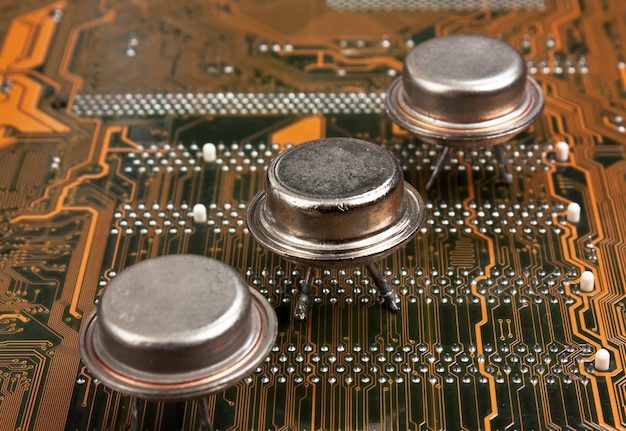

And very little is likely to make it easier to buy that hard-to-find gadget in the next few months. Los microprocesadores son ejemplos de chips muy avanzados. And Intel plans to spend $20 billion on expanding its fabs in Arizona, as well as opening its doors to produce chips for other companies (similar to how TSMC and Samsung already operate), adding a new major supplier to the marketplace.īut those changes will take time and a commitment from the industry to actually build a healthier supply chain over the next several years and decades. 1 Un chip es una placa de silicio pequeña en la que se encuentran miles o millones de componentes electrónicos interconectados (diodos, transistores, resistencia, capacitores, etc). We’re already seeing some of them: TSMC has announced plans to invest $100 billion over the next three years to increase its capacity to meet rising demand. Solving this chip shortage, though, will likely just be a matter of time: eventually, demand will stop outpacing the limited supply, and things should go back to normal (and you’ll be able to just buy a PlayStation without jumping through online hoops and endless digital queues).īut preventing future shortages will probably require bigger changes to how the industry at large sources semiconductors to reflect our increasingly digital world. But at the same time, the industry has become smaller over the past several decades, as many technology companies, and even chipmakers like AMD, have switched to a fabless model where they outsource the actual manufacturing to other companies (like Samsung or TSMC). Then, they discovered that it’s cheaper to outsource,” explains UCLA professor Christopher Tang in an interview with The Verge.Īs demand for products - and the increasingly computerized nature of even more mundane products like cars or smart home accessories - has spiked, there’s never been more need for chips. “In the year 2000, we used to have 30 companies that made their own integrated circuits. Part of that team resides in Israel.It’s not that there aren’t enough chips, so much as there aren’t enough chipmakersīut the issues lie even deeper than that: it’s not that there aren’t enough chips, so much as there aren’t enough chipmakers. Es una tcnica de uso extendido para la construccin de microprocesadores, procesadores grficos para tarjetas de vdeo, integrados del chipset.En algunos circuitos integrados construidos con esta tcnica, el chip de silicio queda expuesto de manera que puede ser enfriado de manera ms eficiente. Srouji has led Apple’s efforts in building a team of silicon and technology engineers, overseeing the development of new silicon and hardware technologies, including batteries, application processors, storage controllers and other chips, the Apple website says. Apple now has R&D centers in Herzliya and Haifa, with a total of some 1,000 employees. He was also responsible for setting up Apple’s R&D center in Herzliya, Israel, its second largest in the world, after the US tech giant acquired the Israeli startup Anobit for some $390 million in 2012. Srouji joined Apple in 2008 to lead the development of the A4, the first Apple designed system on a chip, according to Apple’s website. “With small transistors measured at an atomic scale, M1 is remarkably complex, and packs the largest number of transistors ever put into a single chip,” he said, “a massive 16 billion transistors” to improve its performance. Screen capture of Johny Srouji, a senior vice president of hardware technologies at Apple, during the virtual ‘One More Thing’ event held on Nov.


 0 kommentar(er)
0 kommentar(er)
